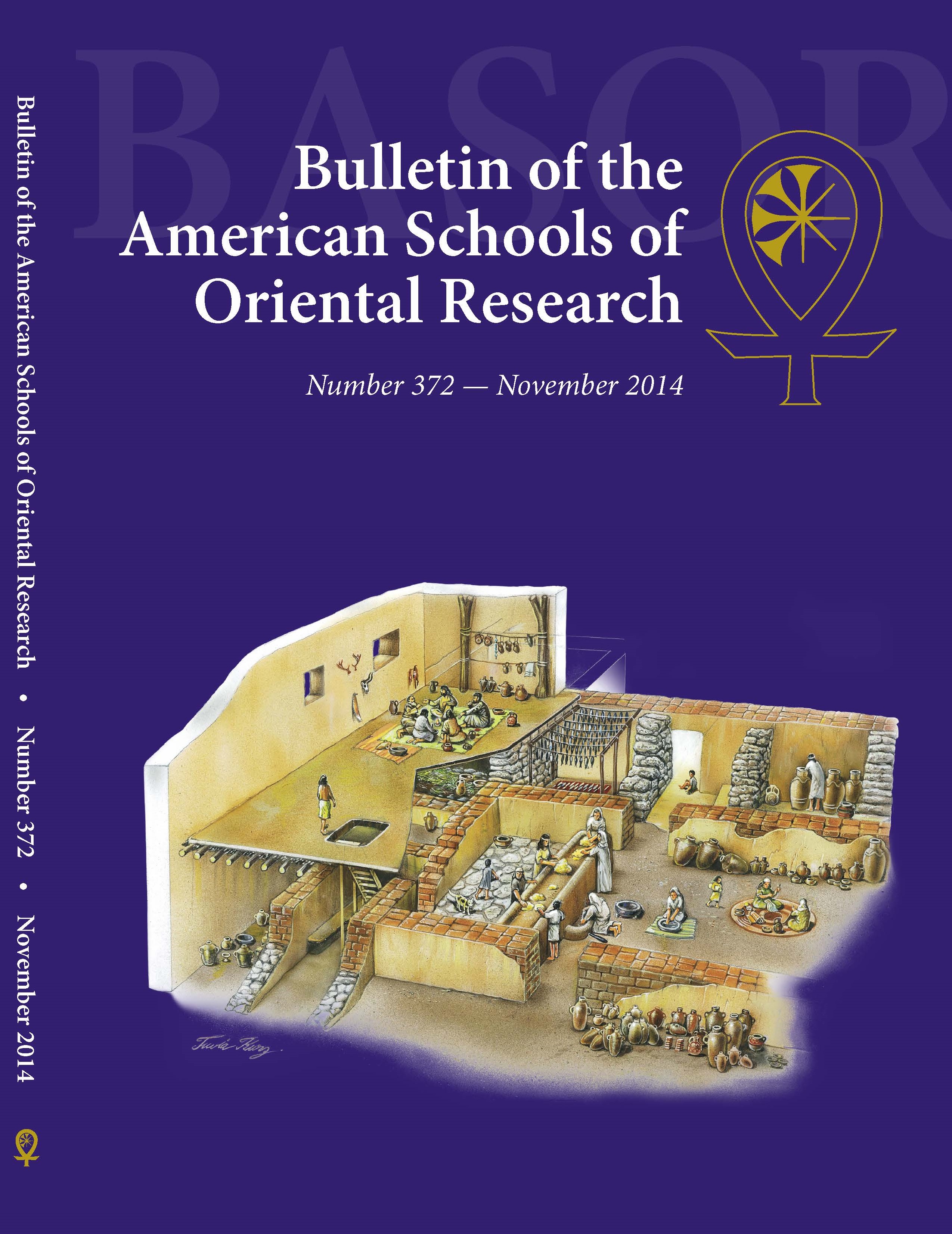Abstract
Assyrian control of small kingdoms in the southern Levant during the Iron Age opened new trade routes and had an effect on the patterns of exchange. This exchange involved tribute as well as trade. The result for small polities such as Moab was the appearance in small numbers of high-status goods with a foreign origin, along with imitations of such goods produced closer to home. At the Iron Age site of Khirbat al-Mudayna on Wadi ath-Thamad (Mudayna Thamad), excavation exposed a walled town consisting of a series of industrial buildings (B200–210), a compact domestic area (B300–312) near the North Gate (B100), and a sprawling domestic area at the south end of the mound, Complex 400 (B400–408). It is in this complex that the greatest number of high-status and exotic objects were located. The elite character of this complex was first recognized in 2004 with the discovery of a Middle Bronze Age “Anra” scarab in what was otherwise a secure Iron Age II context. More recent finds include two glazed ceramic bottles and a collection of alabaster, calcite, steatite, and faience cosmetic vessels. This study focuses on an analysis of these glazed ceramic bottles, their relationship to Assyrian influence/control at Mudayna Thamad, and their distribution in the Assyrian domain.
Publication Type
- Article



